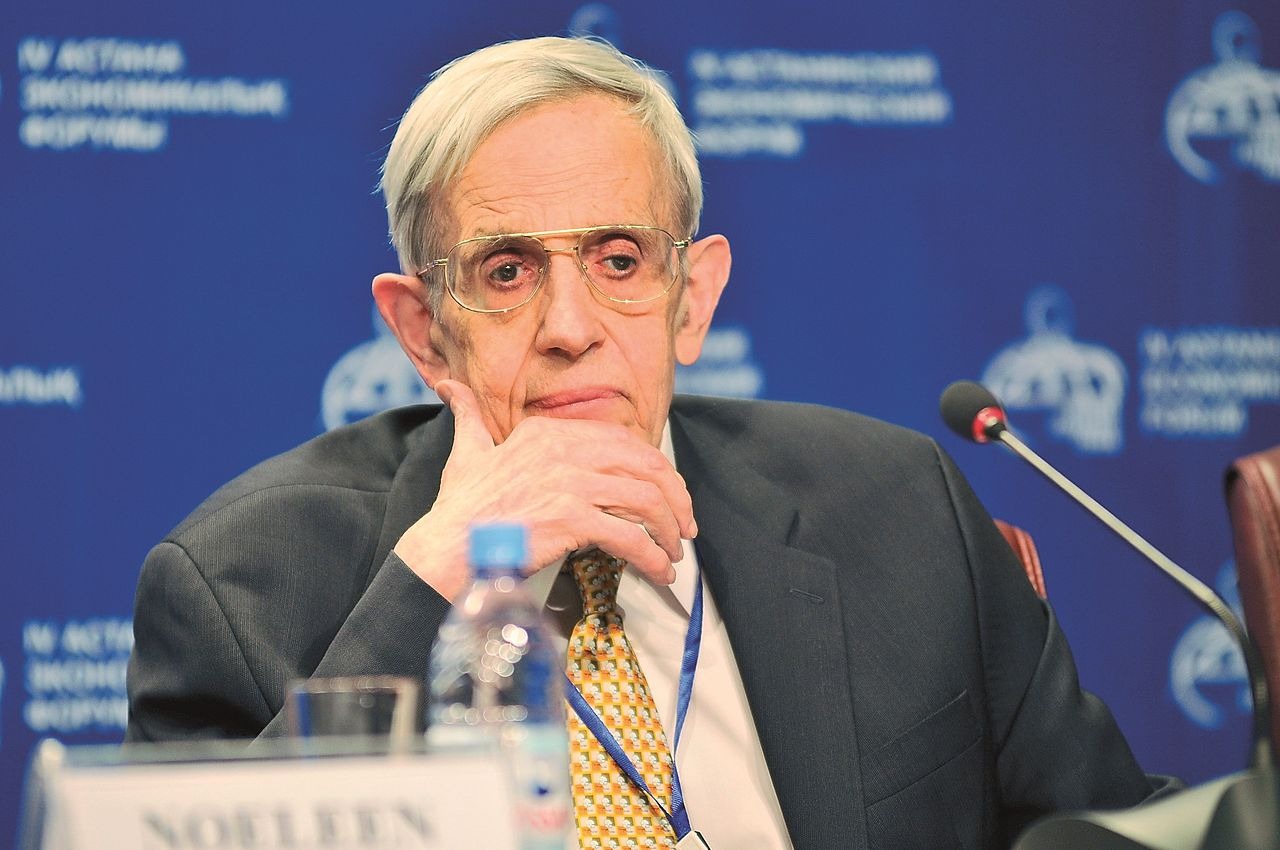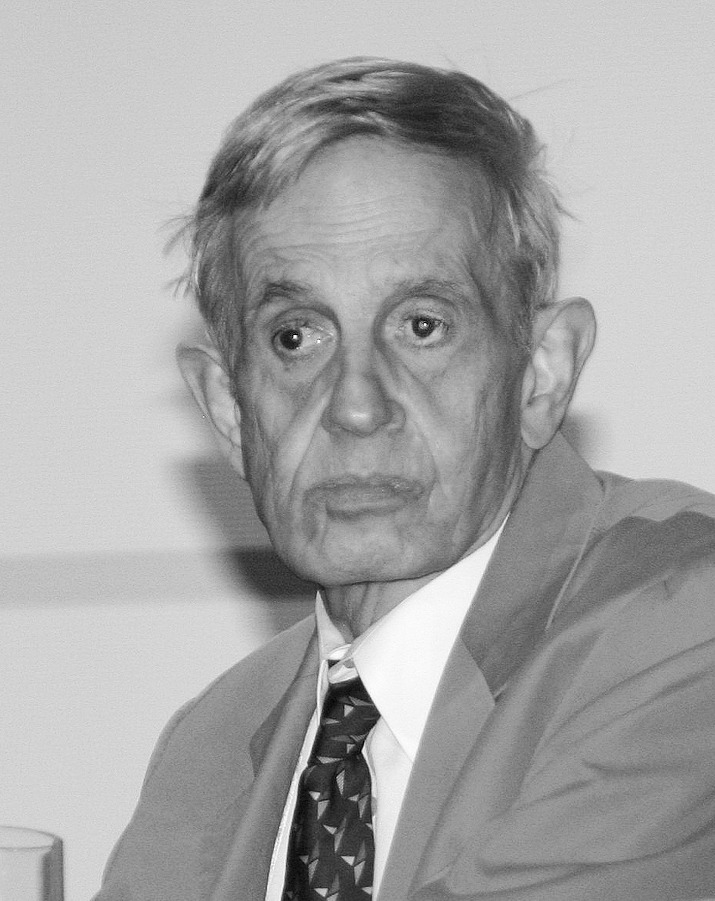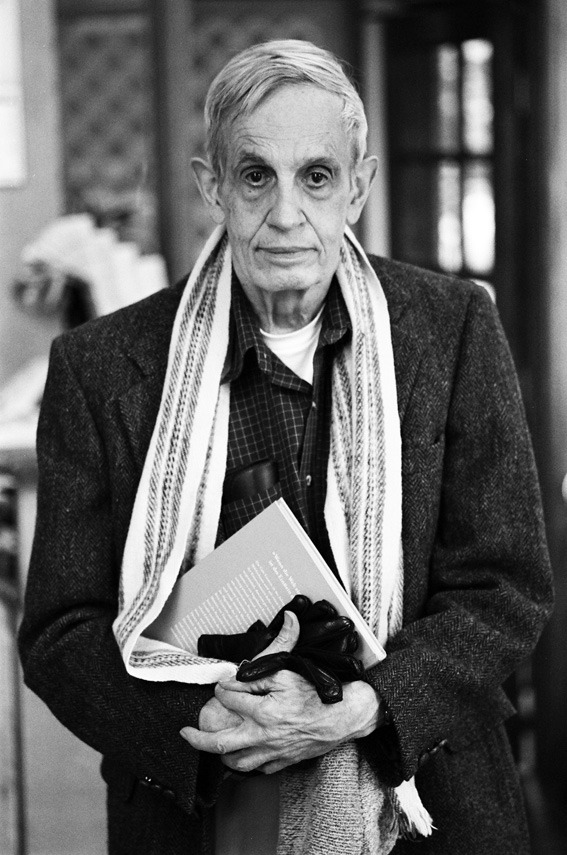Have you ever stopped mid-game and wondered how the developers came up with so much logic? A gamer with a curious mind will always ponder over such questions. It might seem like creating games is all about animations when in fact, it is much more than that. This brings us to the discussion of game theory.
Game theory is a wide field of science that involves two or more participants, their actions, and the result of those actions on both participants. Video games and similar things are just some applications of game theory. It is actually used in bigger fields like economics, finance, and even chance games as poker.
The creation of game theory is attributed to John von Neumann, a poker enthusiast. His love for poker tempted him to lay the foundations of game theory. Neumann’s game theory proved to be revolutionary, but it had a little flaw – it could only work on zero-sum games. A zero-sum game is a situation in which one player’s gains are equal to the other player’s loss. By this definition, there can only be one winner.
Mathematicians and economists argued that real life is way more complex than a simple zero-sum game. To rectify this drawback in the game theory, John Nash Jr. came into play. Let’s take a look at his life and how he managed to change the course of game theory:
Early Life
John Forbes Nash Jr. was born in Bluefield, West Virginia, in 1928. His father was an electrical engineer who provided the best possible education to his son. Seeing his extraordinary intelligence, John’s father enrolled him in a community college where he studied higher courses. By the age of 19, John Nash already had a Bachelor’s and Master’s Degree in mathematics.
During high school, John opted for chemistry as a major. Later, at his mentor and teacher’s, John Lighton Synge’s suggestion, John changed his subject to mathematics. His teachers, some of whom were highly respectable and renowned even today, spoke highly of him and wrote letters of recommendation to top universities. John eventually took admission to Princeton University on full scholarship.
World Recognition
In 1950, John Forbes Nash completed his Ph.D. and presented his thesis on non-cooperative games. He called it the Nash Equilibrium. This was an extension of von Neumann’s original game theory, and it solved the drawback that Neumann’s theory had. The Nash Equilibrium proved to be a ground-breaking phenomenon in the fields of mathematics and economics. Its applications exceeded that of the original game theory.
For his contribution, John Nash Jr. shared the 1994 Nobel Prize in Economic Sciences. His work did not stop here. He kept on working over mathematical problems that were unique and difficult. In his biography by Sylvia Nasar, it is stated that John Nash was working on Hilbert’s 19th problem. The theorem involved differential equations and other algebraic properties.
In 1956, just when he was about to finish his problem, he learned that another mathematician Ennio de Giorgi had published the solution to Hilbert’s 19th problem a few months earlier. Both scientists solved the problem using different techniques.
Surprisingly, von Neumann did not acknowledge John Nash’s work. He discredited them as “too trivial.” Nonetheless, he received the John von Neumann Theory prize in 1978. In 2011, NSA published some letters from John Nash which had information about a new encryption-decryption machine. The concepts he explained in his letters are similar to the cryptography used these days. This only proves that John Forbes Nash was a super genius who was way ahead of his time.
Mental Health
Shortly after his Ph.D., John started to feel paranoia in his behavior. He would consider every man wearing a red tie as a communist plotting against him. He even wrote letters to the authorities, addressing this subject. The severity of his health was noticed when he gave a lecture at Columbia University, and he was nearly incomprehensible. He was admitted to the hospital immediately, where he was diagnosed with paranoid schizophrenia.
Till 1970, John was in and out of hospitals taking different medications. His health got better over time, particularly because of the social support he got from his peers at Princeton University. That was the only place where he was accepted, even in his poor condition.
Death
On May 23rd, 2015, John Nash and his second wife Alicia died in a car accident. They were going home from the airport right after John received his Abel Prize. Apparently, both the passengers were no wearing seat belts. The taxi driver lost control, and both passengers were thrown out of the car on impact. John was 86 years of age when he died.
He left two sons, one of whom was also a mathematician. The other child, John Stier, was a son born out of wedlock with a nurse.
His biography by Sylvia Nasar, A Beautiful Mind, was made into a movie in 2001. Famous actor Russel Crowe played John Nash. The movie won four Academy Awards, including the Best Picture.
John Nash & Game Theory
John Nash’s contributions to game theory have made an economist’s life easier. We as laymen find it easier to understand it via video games, but the applications of game theory are limitless. From a simple game of poker to solving huge financial problems, we can find John Nash’s hard work everywhere.



